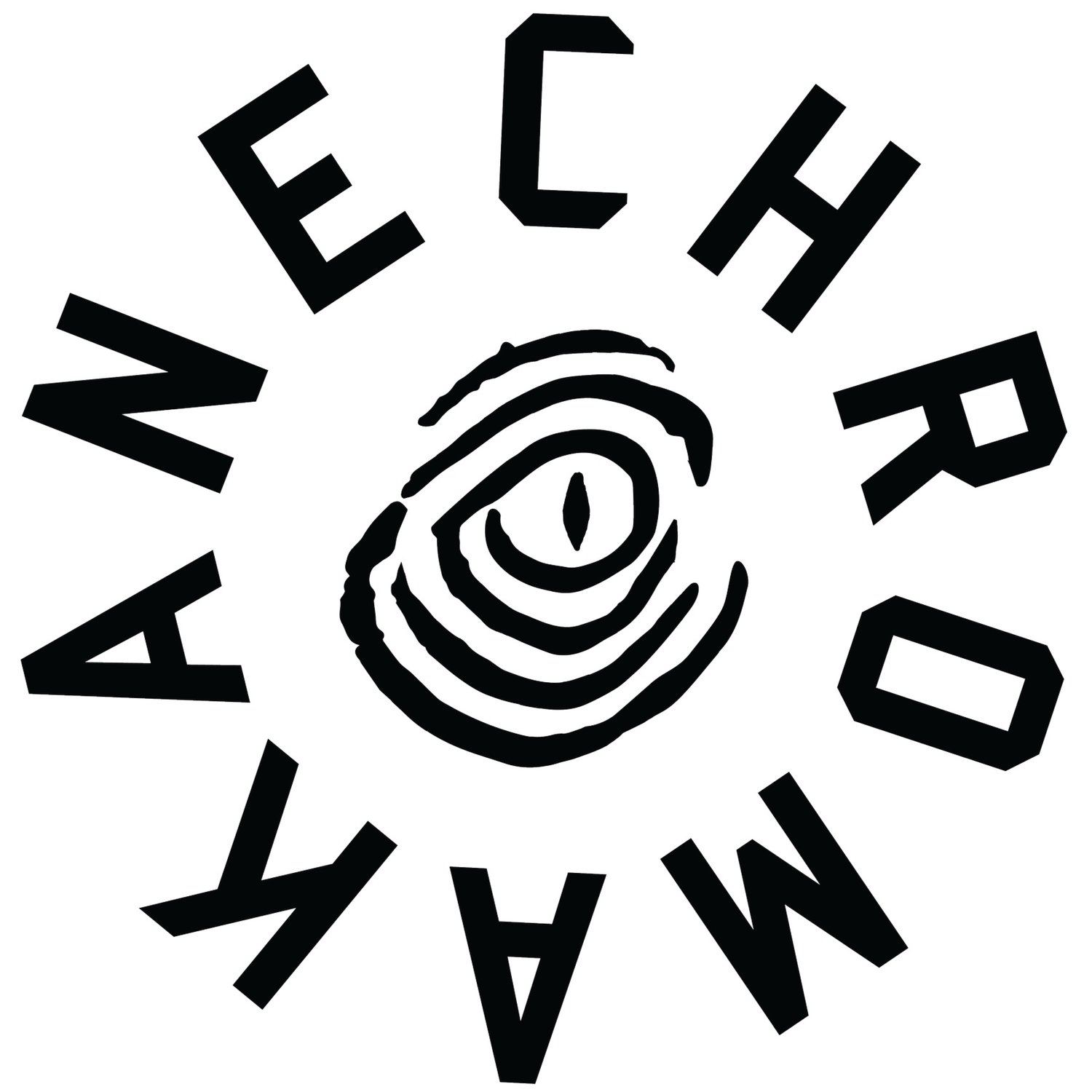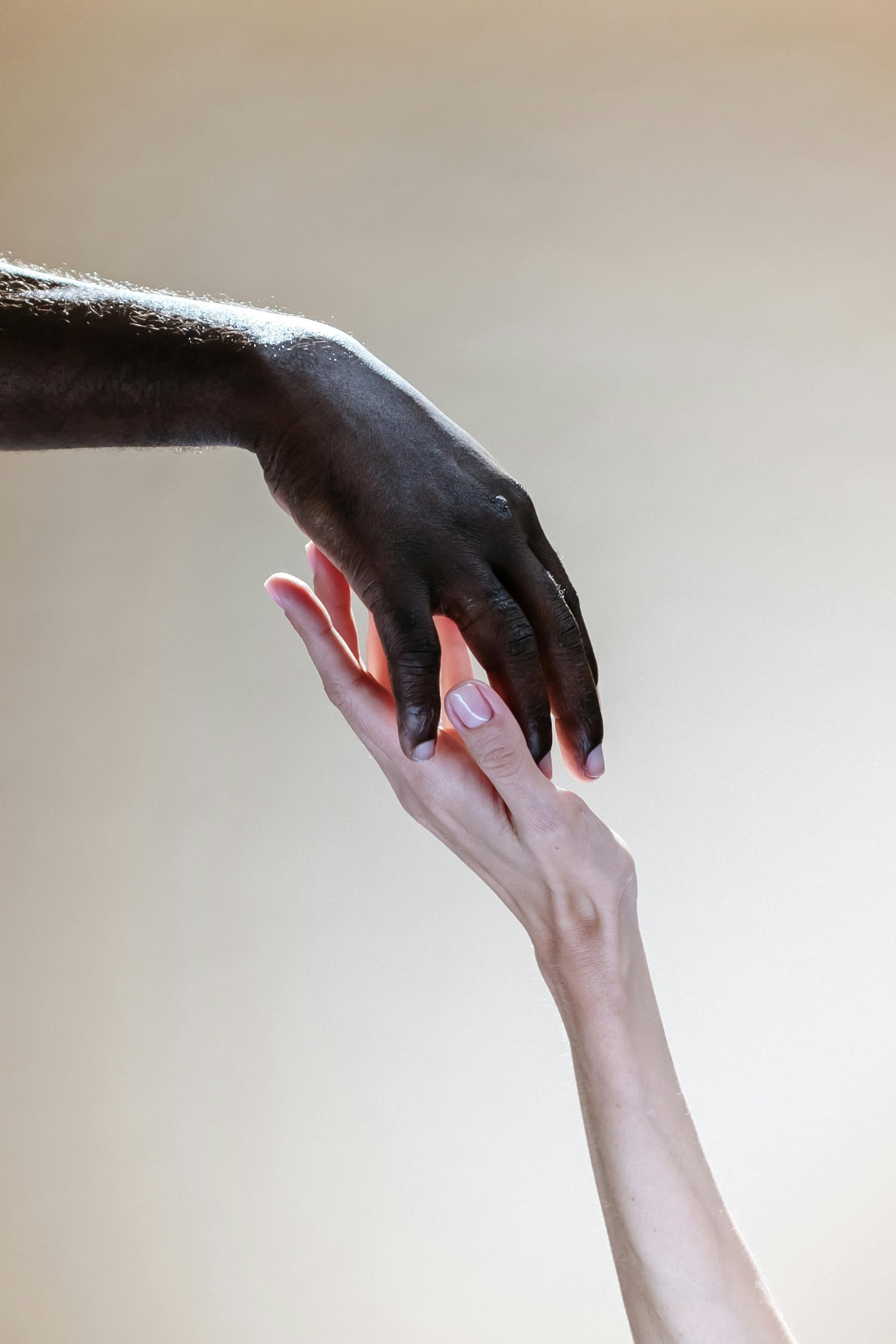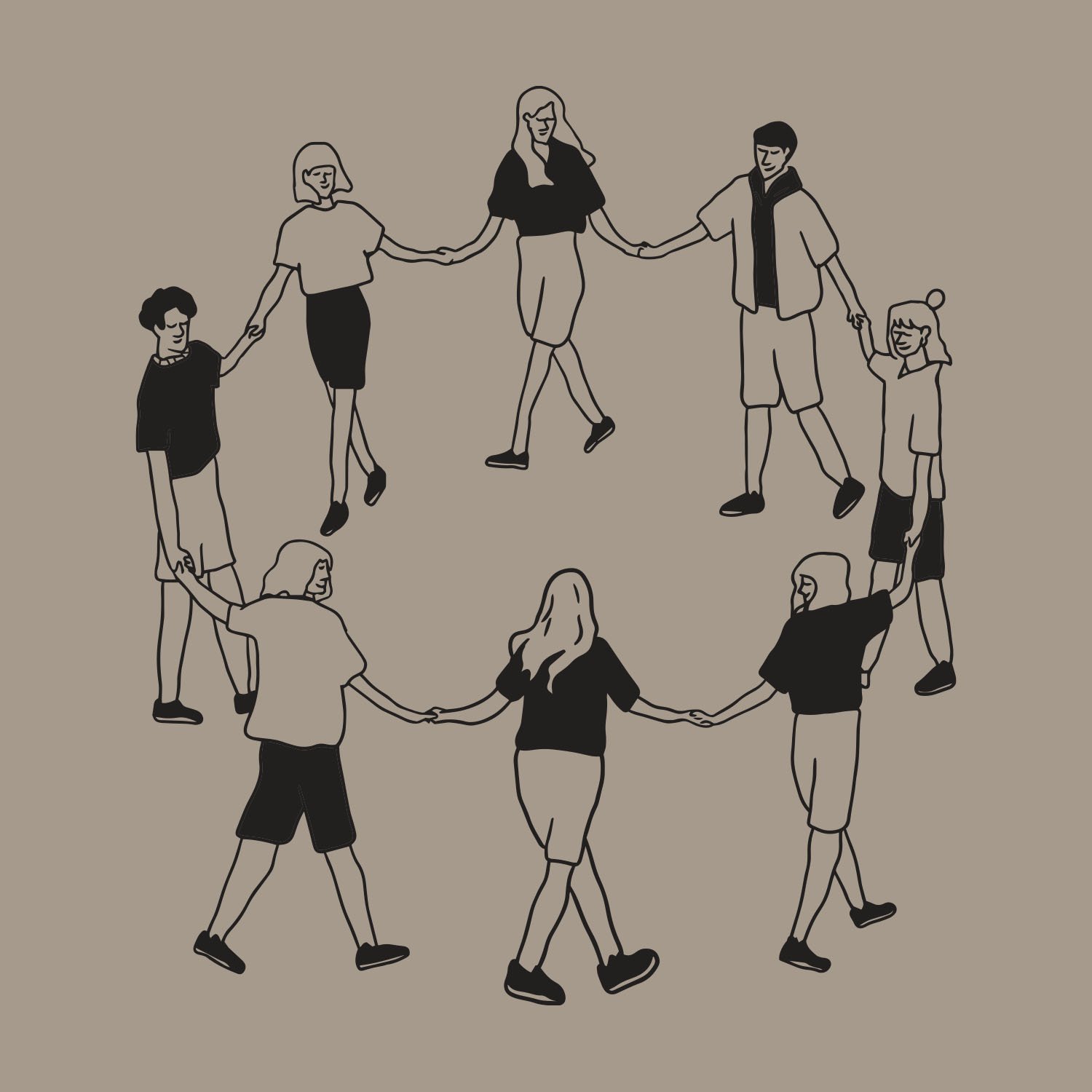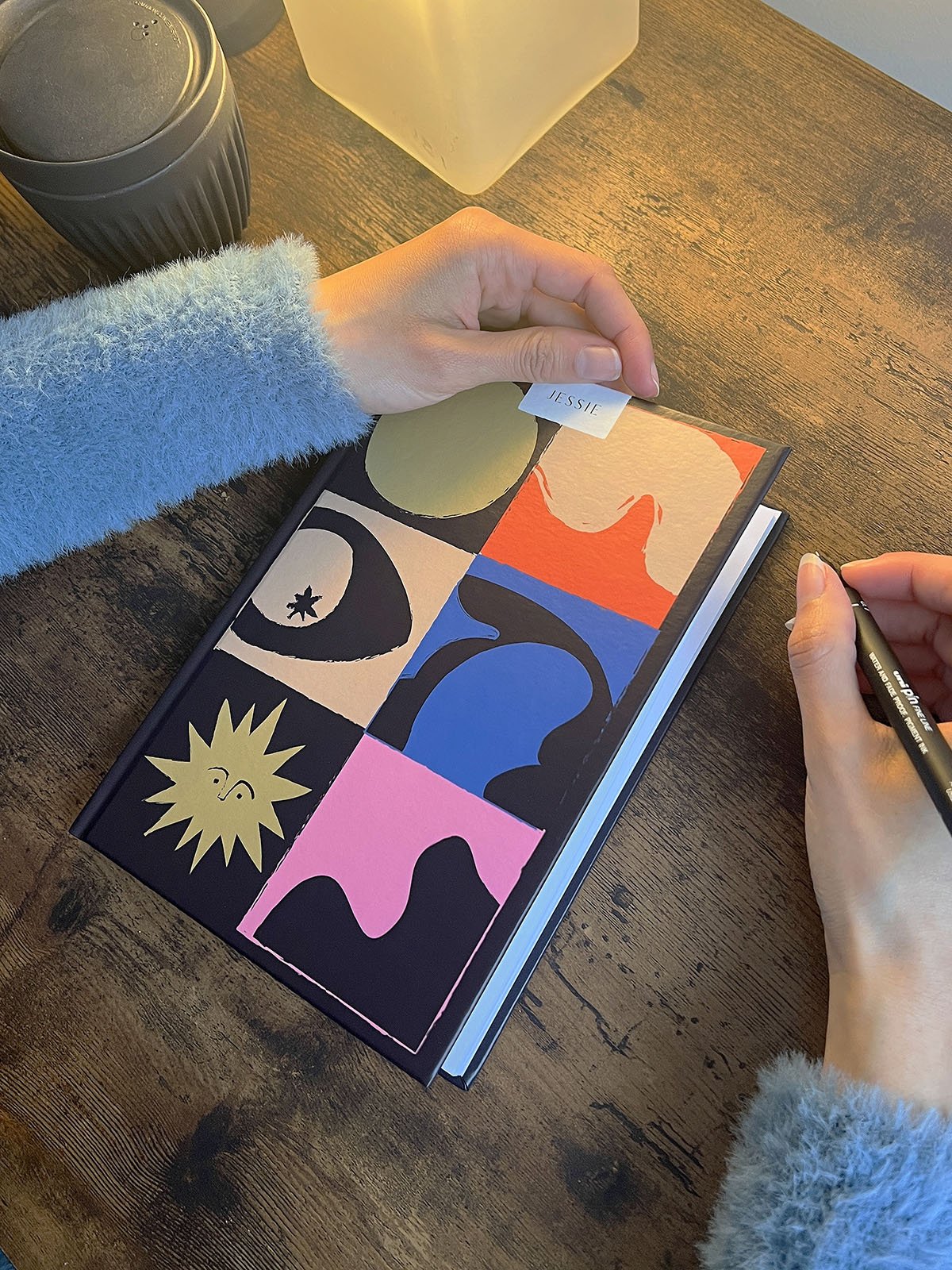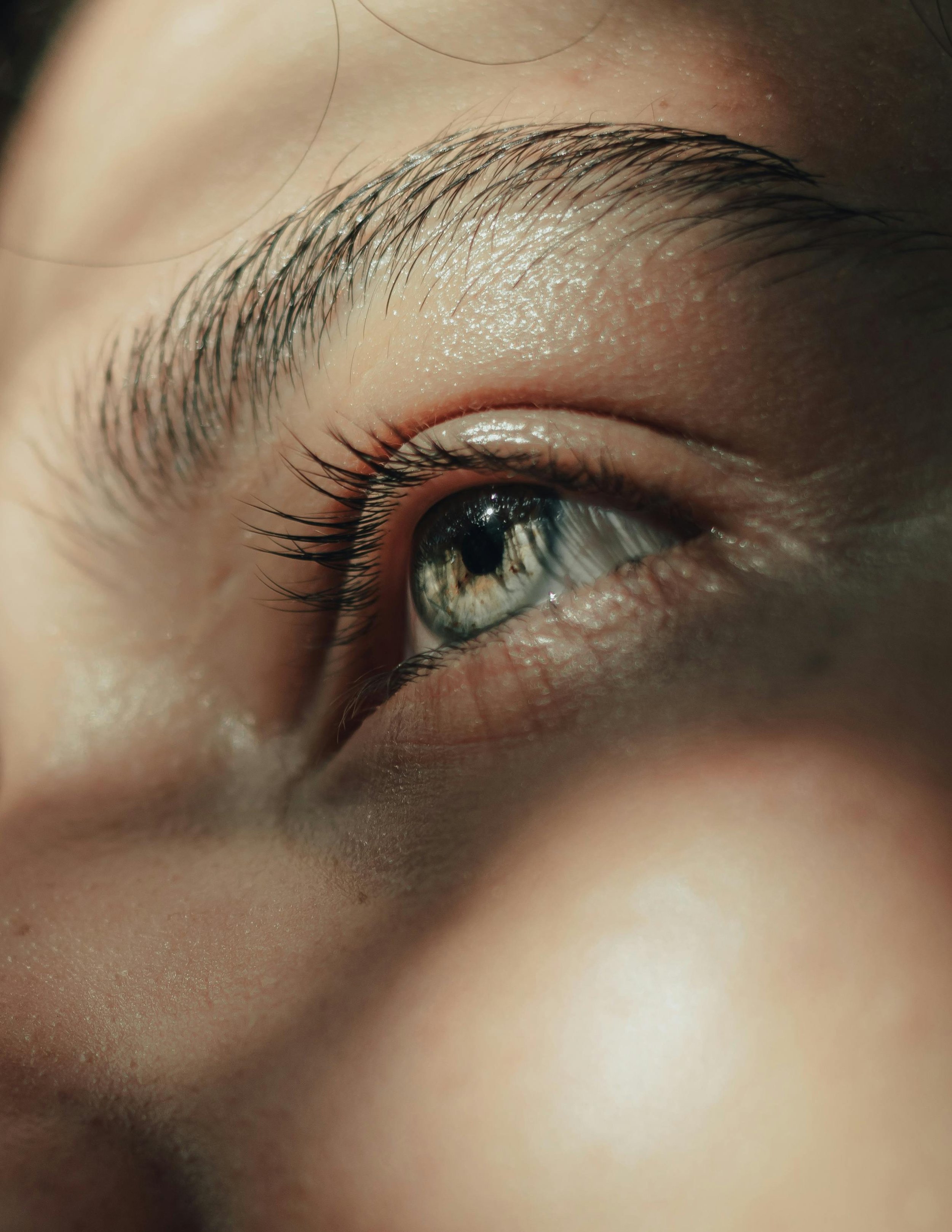Connecting the dots: Mindfulness and creativity
About
Mindfulness is the practice of living in the moment. This has many benefits, from reducing stress to helping us learn more about ourselves. Did you know – mindfulness also has the potential to unlock creative thinking.
Share this article
Defining mindfulness
Mindfulness is a mental state of being, an awareness of our internal processes and thoughts as well as of our surroundings. Mindfulness is achieved by bringing one’s thoughts back to the present moment, and also suggests a level of inner-calm and self-acceptance: it is a process of accepting one’s thoughts beyond simply becoming aware of them, and of understanding them without judgement or negativity.
We can find time to integrate mindfulness into our daily lives – whether for five minutes, half an hour, or perhaps longer – using physically grounding techniques such as meditation and cognitive behavioural therapy (CBT). With time though, we can also learn to make mindfulness a subconscious lifestyle choice, which influences our behaviour passively, using metacognition. That is, reflecting upon our own thinking and learning.
Improving cognitive flexibility
Cognition is the mental process of acquiring, understanding and storing information, and using this information to guide our behaviour. Cognitive flexibility is the ability to shift our attention between tasks, stimulants, responses and perspectives.
As many scientific studies have shown, mindfulness plays an important part in improving cognitive flexibility. Mindfulness meditation reduces fatigue, anxiety, and improves visuo-spatial processing, working memory and executive functioning, in as little as four days of meditation training (Zeidan, 2010). Mindfulness teaches us to change our patterns of thought, and our approach to processing information from external environments using our senses, shaping these to become perceptive and curious rather than reactive and judgemental.
As Zen Habits so clearly describes it, “Mindfulness means watching ourselves when something happens that might normally upset us or trigger some kind of emotional reaction. Pay close attention to how our minds react. Then pause. We don't have to act immediately, just because we have an internal reaction. We can pause, not act, breathe. We can watch this urge to act irrationally arise, then let it go away.”
Stimulating the divergent mind
If you’ve never heard of the term ‘divergent thinking’ before, you might assume that it has something to do with misanthropy! But that isn’t at all the case: divergent thinking is a thought process which is best described as an open-ended approach to problem solving. It relies on exploration, and involves multiple qualities such as spontaneity, curiosity, independence and risk-taking. It differs from the more typical approach to problem solving we’re already familiar with, ‘convergent thinking’, which relies on finding a single and well-defined solution.
While both convergent and divergent thinking are key to great ideas, it is divergent thinking in particular which allows for true innovation: it unlocks the possibility for new learning environments, toolkits, and unconventional collaborative frameworks, and it also suggests a level of emotional intelligence (in the form of empathy, enthusiasm and self-expression).
Creativity through mindfulness
There is more than one way to apply mindfulness in order to unlock your creative mind. It’ll be by learning and combining different techniques and lifestyle changes that you’ll truly start to embrace positive creativity – here are some ideas to get you started. These are some of the techniques which I incorporate into my own practice, as a creative who operates independently and within the corporate world alike, and which help me find the balance between thinking of exciting new ideas and meeting client expectations.
Take a walk in nature
The benefits in a nutshell: Also known as nature bathing, or the art of shinrin yoku in Japanese culture, this technique has many benefits for body and mind alike, from reducing stress hormone production and boosting the immune system to improving feelings of happiness.
How I make it creative: I personally will look for nature walks which are connected to a body of water, be it a lake or the seaside, as I find the slow rhythmic sounds of water especially calming and helping in clearing my mind.
Find a stimulating workout routine
The benefits in a nutshell: Hitting the gym will no doubt do wonders for your physical health, it can also improve your mental wellbeing, self-esteem and cognitive function by reducing anxiety and depression. Why not take it a step further and opt for workout patterns which stimulate creative thinking?
How I make it creative: My personal favourite has been bouldering and indoor climbing, which feel like solving complex wall puzzles on top of being an amazing full body workout.
Come up with a healthy meal plan
The benefits in a nutshell: Consuming a diet filled with vitamins and minerals – such as magnesium, zinc and vitamins B/D – will provide your body and mind with all the rich nutrients you’ll need to boost healthy cognitive and brain function.
How I make it creative: I like to balance a limited intake of supplements with a varied and rich diet, filled with fruit, vegetables, legumes and nuts. More than anything though, I’ll be most motivated to cook when I’m excited to try new flavour combinations from cultures around the world.
Pick up wellness journaling
The benefits in a nutshell: Journaling can take any form – writing, drawing, sketching, and scrapbooking are some examples. It doesn’t necessarily need to only track your life’s big achievements or occasional travel logs, it can also help you process your emotions on a day to day with simple words of gratitude and kindness affirmations. Journaling can help you learn to let go of anxious ruminating thoughts, soothe physical pain, and keep your focus on long-term happiness.
How I make it creative: I find it especially helpful to keep a list of journaling gratitude prompts to help inspire my entries. I’ve always worried about being a perfectionist when it comes to journaling, afraid that my handwriting might be ugly, or that my scrapbook or drawing entries might not match the aesthetic I am aiming for. So a big part of this process has been learning to let go, and lean into making a mess, and that’s when the creative release truly happens.
Try a guided meditation
The benefits in a nutshell: A guided meditation, whether focussed on mindfulness or something else (such as loving kindness, chakra, yogic or spiritual themes), can help improve work and life satisfaction, provide a sense of calm and relief, and be a way to cope with life’s challenges. Carving out time in our hectic lives for daily meditation, even if for only five minutes, can go a long way in helping us form healthy new habits for body and brain alike – and guided meditations are the ideal way to ease our minds into the practice.
How I make it creative: One of my favourite guided meditations is Headspace’s guided meditation for creativity, which explores mind-strengthening techniques to quiet our minds, and prompt divergent thinking by employing the techniques of creative visualisation. One thing I have, which isn’t necessarily helpful for a visual thinker, is aphantasia – the blindness of the mind’s eye which means that I’m unable to picture form, shape, dimension or colour based on my thoughts alone. Having a guided meditation which focusses on creative visualisation helps provide an alternative form of stimulation to make up for this. ✺
